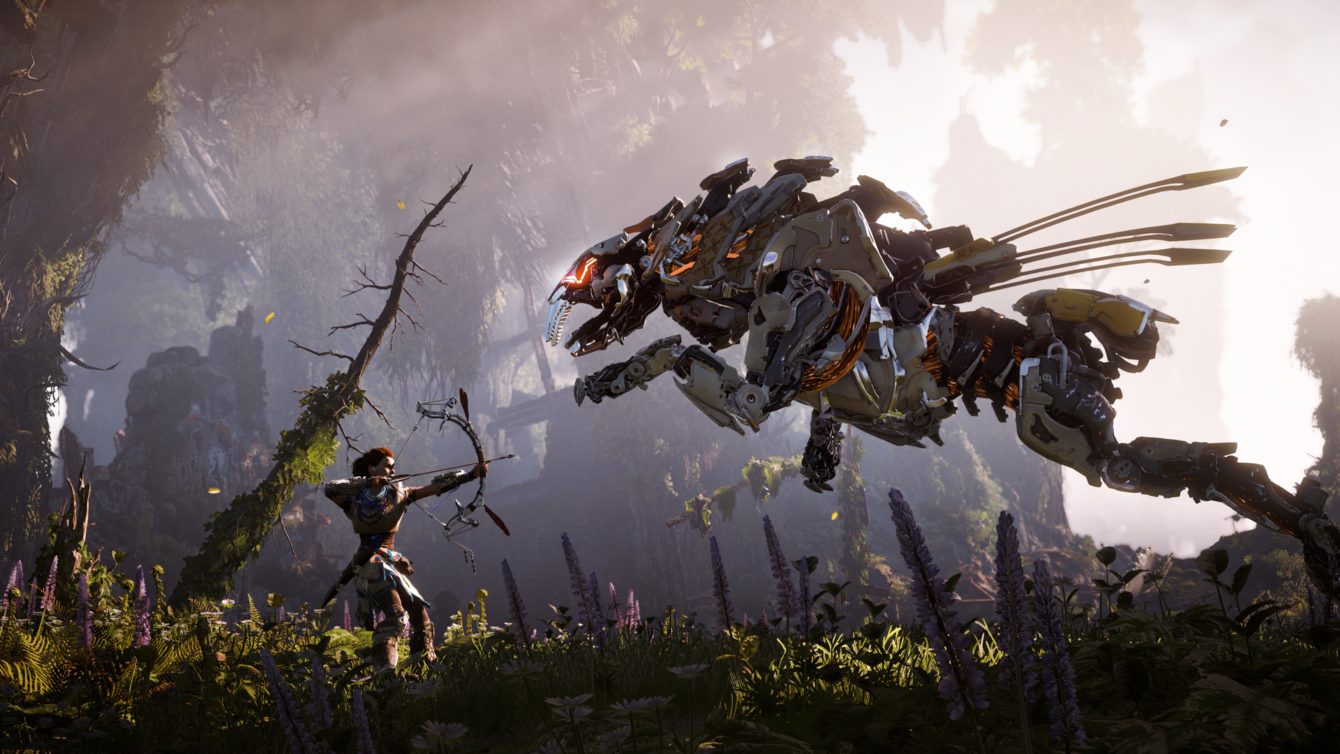If you’re a gamer you have definitely noticed that the games industry has been shifting inexorably towards a multiplayer future where players get to share their experience with others. When video games were first introduced to the public, they were almost exclusively a single-player experience.
If you played video games in the ’90s, and early ’00s (2000s), you probably played all alone by default, or sometimes, if the game permitted it, had one friend to play split-screen with. There were also a few co-op games where you would invite a friend to try and beat your highest score. At that time, there was no such thing as an online multiplayer game (Gran Turismo Sport, anyone) and the idea of having two people into a game seemed rather uncertain at the time.
Having said that, some people still prefer single-player games, which offered a perfect, solipsistic fantasy where they were by themselves saving the world, and having it all revolve around them and not an army or strangers. Some people still love the epic all-consuming experience, but it’s hard to ignore the glorious future the games industry is shifting to. It’s a future that is filled with seamless co-operative and competitive gaming where your single-player adventure magically segue into multiplayer face-offs, and team-ups.
These days you’ll find that there is an increased focus on multiplayer games, and the single-player-only experience is quickly dwindling with very few games sticking to a core single-player experience. Many games are now adding multiplayer modes where you can have your friends share the joys of playing at any given time. With multiplayer you have the chance to play with your friends, chat with them and even share something that you all enjoy. The multiplayer mode creates some sense of community which brings together the entire gaming community into a collective social group. This alone has largely contributed to online multiplayer rise. Players also have a chance to show off their skills, and that too, can engage people in many ways, and the addition of social media helps a lot.
It is not just the consumer preference that’s changing, the game producer strategy has also changed. Many companies are putting less focus on developing single-player games. For them it is all about the money that they rake in. It’s a known fact that certain online features in multiplayer games can turn a title into a potential cash cow for the companies. How do they do this? Multiplayer games are much easier to monetize after they have been released. Developers can sell extra downloadable content (DLC) such as new weapons, new scenarios and maps to fight in. Players are also encouraged to buy in as early as possible so they can get good at the game as quickly as possible. This means that the company gets a huge amount from the upfront sales they make. Multiplayer titles are able to keep their gamers playing for a much smaller underlying cost when compared to single-player games especially when the game is narrative=led. Multiplayer has viral acquisition techniques and this reduces the market costs for the developers. They also have viral retention techniques that keep players in your game rather than in their competitors. It is therefore evident why developers would be more interested in channeling more funds to multiplayer games, which is happening now.
So the question still remains: are single-player games dying? The answer to that question will differ depending on whom you ask. There are those that will say that it’s slowly dying, while others will disagree. The truth of the matter is. single-player games will always have place in the market because there will always be gamers who are passionate for that narrative-driven, structured gaming experience. They have a passion for the character, the story and the setting that invokes their emotions. Even though that community might be dwindling down, they still do exist. Many will claim that single-player tittle carry more weight, and longevity than their multiplayer counterparts. They also have the potential to be classics because unlike multiplayer games they stick to their stories and do not feel the pressure to keep changing so as to fit a newer audience. Players can therefore go back to them and still enjoy the story they loved.
What’s the final take? The truth is that multiplayer and single-player have different audiences each with their own preferences.
Check out more awesome content by going to www.woodstockproduction.com
Views of the author do not reflect those of MP1st, and its staff. Sometimes we feature guest writers, and these are sponsored.


